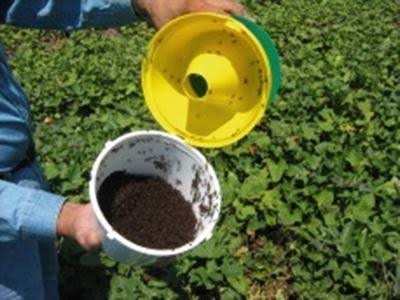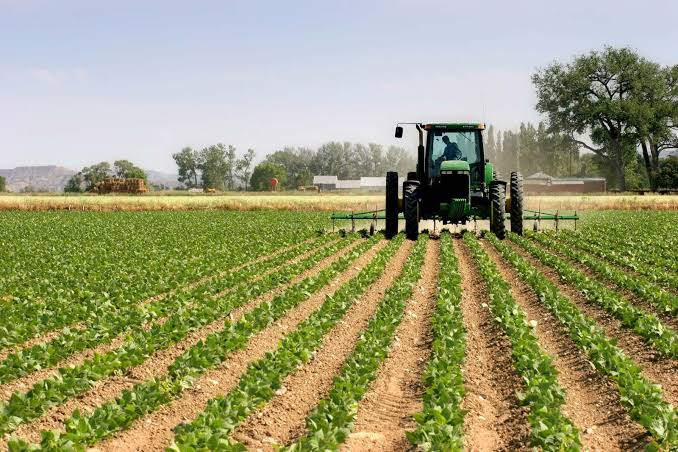Crop protection measures in organic agriculture are aimed at preventing insect pest, diseases and weed problems through the optimization of the cropping system. Cropping systems such as crop rotations can help break insect pest and disease cycles.
Weed control is achieved in organic systems mainly through mechanical control measures. Organic crop protection measures gives control to crop pest while maintaining or having no detrimental effect on biodiversity.
Read Also: Importance of the Fallow Period
Insect Pest Control Measures in Organic Crop Production Systems

Pest control measures in organic systems can be achieved through the following means:
1. Insect pest can be monitored through visual observation after which the use of pheromone and light traps, sticky traps, water traps, yellow traps, sweep nets, beating trays and pit falls, sticky collars for crawling insects can be adopted as insect pest control measures.
2. Cultural pest control: this is achieved by altering the environmental condition of the host or the behavior of the pest to prevent or suppress infestation.
3. Mechanical/physical control: this involves hand picking of insects and this is better achieved if the insects are visible and easily accessible.
4. Biological control: using beneficial organisms to reduce pest population by introducing natural enemies
5. Bio-pesticides: pest are suppressed or repelled rather than eliminated.
6. Integrated pest management: incorporates a variety of pest, management tactics such as cultural, mechanical/physical, biological and biophysical methods.
Disease Control Measures in Organic Crop Production Systems
Disease control can be achieved through:
1. Cultivation of tolerant or resistant varieties
2. Crop rotation: to break disease cycles
3. Cultural practices: manipulating time of planting by sowing early
Read Also: Appraisal of Shifting and Continuous Cultivation
Weed Control Measures in Organic Crop Production Systems

Weed control measures in organic crop production systems include
1. Mechanical/physical control: this could involve mowing, hoeing, flaming, soil solarization, tilling or cultivation
2. Planting of cover crops and mulching of soil surfaces can be done to smother weeds.
3. Use of trap crops to help reduce weed population
Benefit of Organic Control Measures in Crop Production Systems
1. Biodiversity conservation: absence of chemicals (nematicides, insecticides, fumigants, herbicides etc.) reduces broad-spectrum effects on beneficial fauna, microbial species and all soil life. Addition of various plant and animal derived organic materials enhances the soil food web and indirectly the above ground food web.
2. Environmentally friendly: pest is controlled using natural products e.g. plant based oils or extracts to keep pest off without damaging or polluting the surrounding environment.
Healthier Long-term effects: organic pesticides are typically effective for a longer period of time than chemical sprays.
3. No pest resistance: chemical sprays and pesticides loose their effectiveness over time as the pest develop resistance but in using organic measures, pest are less likely to develop resistance since organic treatments are biologically based rather than artificially created.
In conclusion, Pest control measures in organic systems of crop production are obtained from natural sources or means rather than artificially created. This practice poses no harm to the ecosystem and good control is achieved as pests are less likely to develop any form of resistance given that the treatments provided are biologically based.
Organic crop pest (insect, disease and weeds) control is achieved basically through adoption of natural control measures. Insects pest are controlled using the biological, cultural, mechanical, integrated pest management and the use of bio-pesticides. While disease control is achieved majorly through the use of resistant varieties, crop rotation, manipulation of cultural practices etc.
Weed management methods in organic systems is by planting of cover crops, trap crops and adoption of mechanical methods by hoeing, mowing, tilling etc.
Adoption of these systems of control is beneficial as it is environmentally friendly, safe and pests are unlikely to develop any form of resistance to the control measures used.
Read Also: Sustainable Development: Building a Better Future for All





